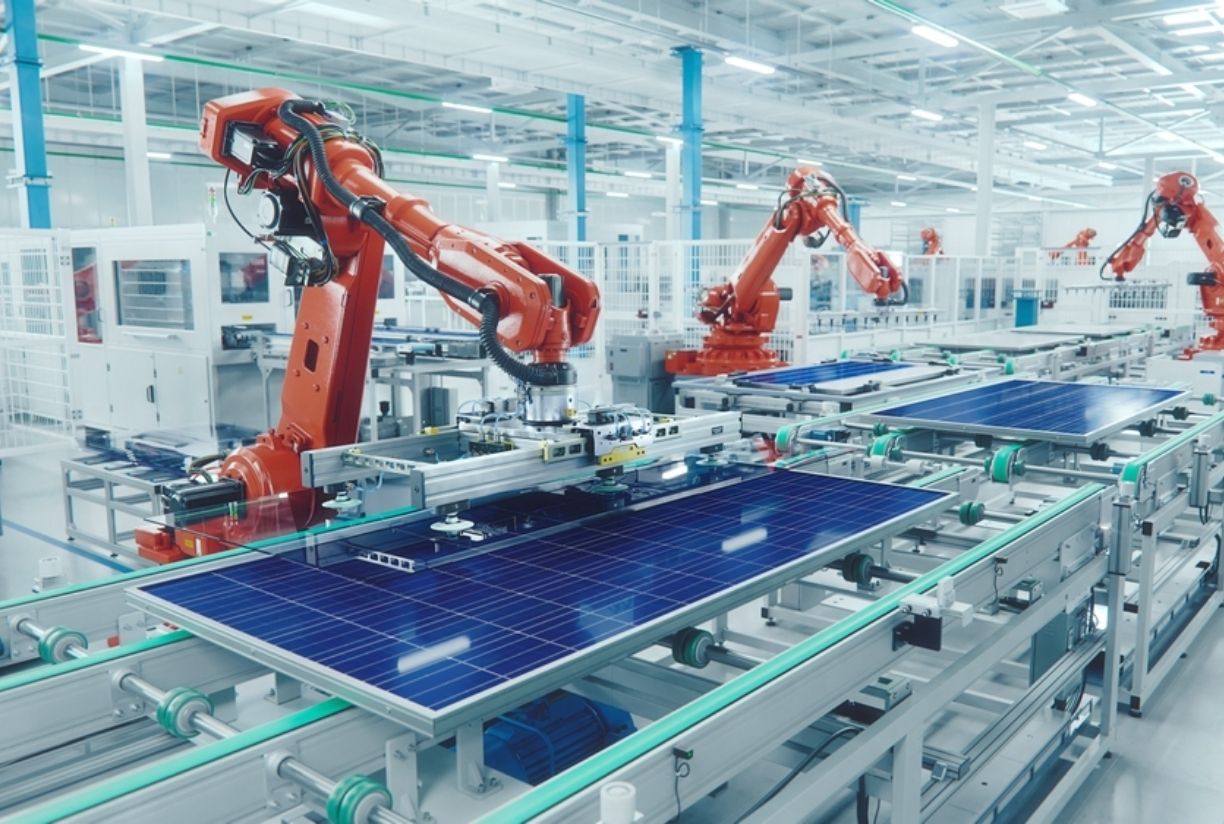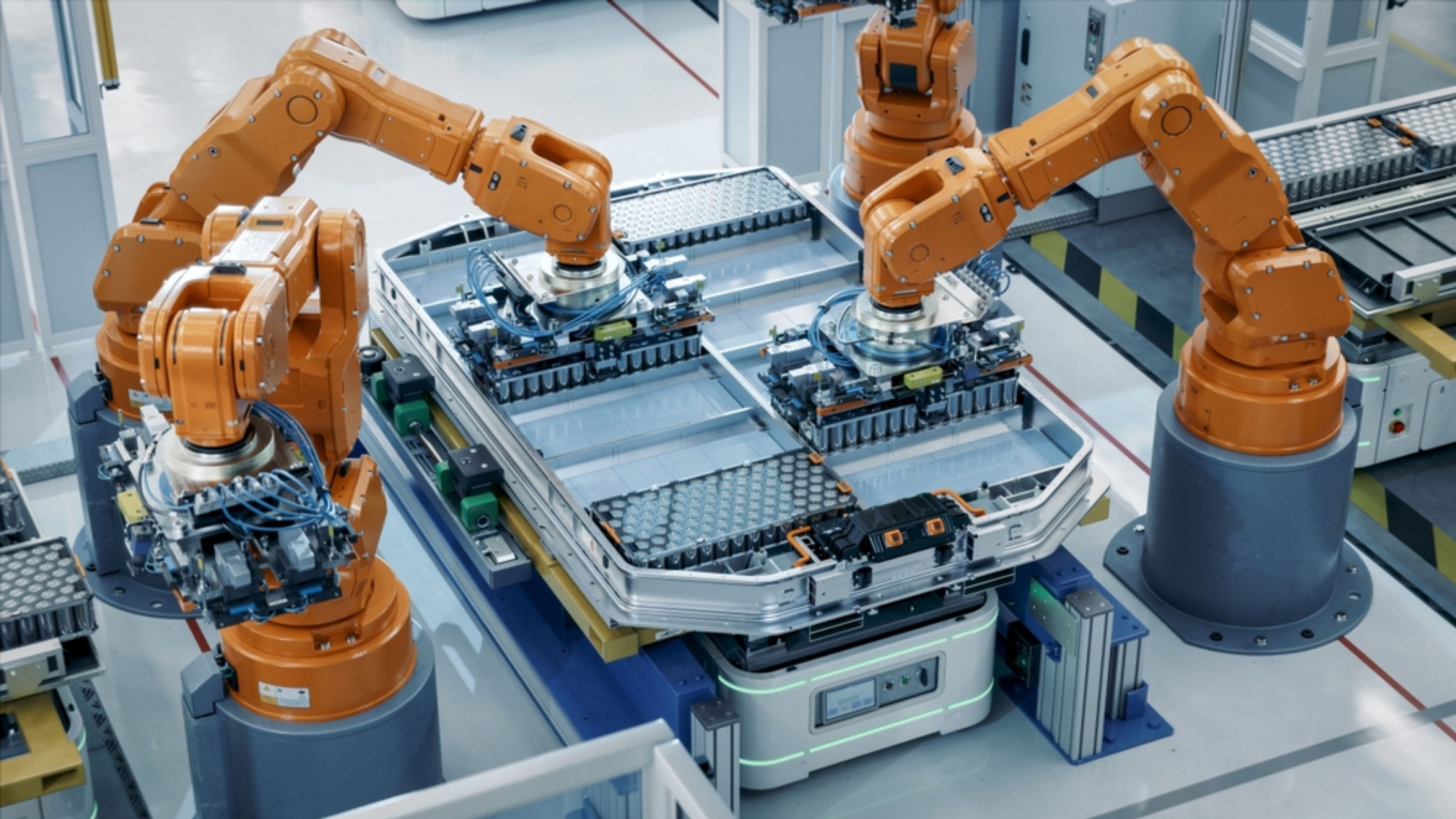Post-Installation Performance Testing: Which KPIs Should Be Measured?
- Blog
- Post-Installation Performance Testing: Which KPIs Should Be Measured?
Post-Installation Performance Testing: Which KPIs Should Be Measured?
Contents
- Post-Installation Performance Testing: Which KPIs Should Be Measured and Why?
- Guide to Selecting KPIs for Successful Post-Installation Analysis
- The 7 Most Important KPIs in Post-Installation Performance Measurement
- 5 Ways to Increase Post-Installation Efficiency with KPIs
- Common Mistakes in Performance Testing and KPI-Focused Solutions
- Post-Installation KPI Analysis: Shaping the Future of Industrial Performance
Post-Installation Performance Testing: Which KPIs Should Be Measured and Why?
Post-installation processes in industrial projects are critical to ensuring systems operate efficiently and safely. Performance tests are conducted to detect potential issues in advance and minimize operational errors. SS Proje places special emphasis on the correct selection and measurement of KPIs during post-installation testing.
The first KPI to measure is system operational efficiency. This indicates whether the system operates at the planned capacity. Low efficiency allows early detection of issues such as equipment malfunctions or installation errors.
The second critical KPI is energy consumption. The energy performance of a post-installed system directly affects both costs and environmental impact. SS Proje ensures optimized operation by analyzing system energy efficiency.
The third KPI is failure and maintenance frequency. Minor post-installation failures can lead to significant long-term costs. This KPI reflects system durability and maintenance requirements.
Fourth, output quality should be measured. Especially in production lines, this KPI monitors whether post-installation quality standards are met. Defective products or services directly affect customer satisfaction.
The fifth critical KPI is system reliability. This metric shows the system’s capacity for uninterrupted operation and minimizes operational risks.
Additionally, performance indicators such as response time and processing speed determine the system’s effectiveness in daily operations. These KPIs are indispensable for optimizing the post-installation process and ensuring long-term performance. SS Proje conducts post-installation tests considering all these KPIs to ensure systems operate at maximum efficiency.
Guide to Selecting KPIs for Successful Post-Installation Analysis
Measuring the performance of industrial systems after installation is critical for operational efficiency and safety. Correct KPI selection helps detect potential problems early and ensures optimized system operation. SS Proje places special importance on selecting and applying KPIs in post-installation analyses.
First, the operational efficiency KPI measures whether the system performs at its planned capacity. This metric helps identify production errors and disruptions in advance. SS Proje regularly conducts efficiency analyses to ensure system optimization.
The second critical indicator is energy consumption. Post-installation energy use directly affects costs and environmental impact. Low energy efficiency may lead to high long-term costs.
The third KPI is failure and maintenance frequency. Monitoring system durability and maintenance needs is essential to minimize operational risks. SS Proje tracks this KPI to optimize maintenance processes.
Fourth, the output quality KPI evaluates whether the produced product or service meets quality standards. Post-installation quality control is a critical step for increasing customer satisfaction.
The fifth KPI is system reliability. Systems that operate continuously and stably reduce operational disruptions and ensure long-term performance. Additionally, indicators like response time and processing speed allow tracking daily operational efficiency.
SS Proje ensures systems operate at maximum efficiency and detects potential problems early by considering these KPIs in post-installation analyses.
The 7 Most Important KPIs in Post-Installation Performance Measurement
Ensuring systems work efficiently and safely after installation is a critical step in industrial operations. Correctly determining KPIs ensures accurate data collection during performance measurement. SS Proje considers these KPIs in post-installation performance measurements to optimize system operation.
The first KPI is operational efficiency. This indicator determines whether the system operates at planned capacity. Low efficiency requires early detection of installation errors or equipment issues.
The second critical KPI is energy consumption. System energy performance directly affects costs and environmental impact. SS Proje optimizes the system through energy efficiency analyses.
The third KPI is failure and maintenance frequency. Even minor post-installation failures can cause long-term operational losses. This KPI measures system durability and maintenance needs.
Fourth, output quality should be monitored. The quality of products or services directly affects customer satisfaction.
The fifth KPI is system reliability. This metric reflects the system’s ability to operate continuously and minimizes operational risks.
The sixth KPI is response time. Systems responding quickly and effectively improve operational efficiency.
The seventh and final KPI is processing speed. This indicator measures how efficiently the system operates in daily post-installation tasks. SS Proje conducts post-installation performance measurements considering all these KPIs to ensure maximum system efficiency.
5 Ways to Increase Post-Installation Efficiency with KPIs
Ensuring systems operate at optimal performance after installation is vital for operational efficiency. Correctly selecting and regularly monitoring KPIs enables early detection of potential issues. SS Proje highlights five key methods to enhance post-installation efficiency.
The first method is continuously monitoring the operational efficiency KPI. Tracking whether systems operate at planned capacity quickly reveals production disruptions and allows preventive measures.
The second method is optimizing the energy consumption KPI. Post-installation energy efficiency reduces costs and minimizes environmental impact. SS Proje analyzes energy usage data to optimize the system.
The third method is controlling the failure and maintenance frequency KPI. Minor post-installation failures can lead to high long-term costs. This KPI makes maintenance planning more effective.
The fourth method is monitoring the output quality KPI. Ensuring products or services meet quality standards increases customer satisfaction and reduces operational errors.
The fifth method is tracking the system reliability and response time KPIs. Continuous and fast system operation enhances daily operational efficiency. SS Proje uses these KPIs to optimize post-installation processes and guarantee maximum system performance.
Common Mistakes in Performance Testing and KPI-Focused Solutions
Post-installation performance tests are critical for ensuring efficient and safe system operation. However, common mistakes can prevent accurate results and lead to operational disruptions. SS Proje addresses these common errors and KPI-focused solutions.
The first common mistake is ignoring the operational efficiency KPI. If system operation at planned capacity is not regularly monitored, minor disruptions can escalate into major performance losses. SS Proje continuously tracks this KPI to maintain optimal production levels.
The second mistake is insufficient measurement of energy consumption data. High energy consumption increases costs and environmental impact. Proper KPI measurements allow energy usage data to be analyzed and necessary optimizations applied.
The third mistake is neglecting the failure and maintenance frequency KPI. Even small post-installation failures negatively affect system reliability. SS Proje uses this KPI to make maintenance plans more effective and predict failures in advance.
The fourth mistake is not properly measuring the output quality KPI. Failing to monitor product or service quality reduces customer satisfaction and increases operational errors. KPI-based controls ensure quality standards are maintained.
The fifth common mistake is ignoring system reliability and response time indicators. Systems must operate continuously and quickly to maintain performance in daily operations. SS Proje prevents these issues with KPI-focused solutions, ensuring efficient management of post-installation processes.
Post-Installation KPI Analysis: Shaping the Future of Industrial Performance
Post-installation processes in industrial systems are critical for ensuring operational efficiency and safety. Correctly identifying and regularly analyzing KPIs maximizes system performance. SS Proje aims to shape the future of industrial performance through post-installation KPI analysis.
The first KPI is operational efficiency. Monitoring whether systems operate according to planned capacity prevents production errors and performance losses. SS Proje continuously tracks and optimizes this metric.
The second KPI is energy consumption. Post-installation energy efficiency is a key way to reduce costs and minimize environmental impact. SS Proje analyzes energy use to ensure the system operates at an optimal level.
The third KPI is failure and maintenance frequency. How often maintenance is required and the frequency of failures directly affect operational safety. SS Proje optimizes maintenance plans and prevents potential interruptions using this KPI.
The fourth KPI is output quality. Compliance with product or service quality standards increases customer satisfaction and production efficiency. SS Proje continuously improves quality based on this KPI.
The fifth KPI is system reliability and response time. Systems operating continuously and quickly ensure maximum performance in operational processes. SS Proje measures post-installation performance and enhances industrial efficiency through KPI-focused analysis.



